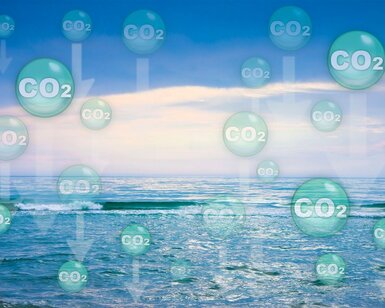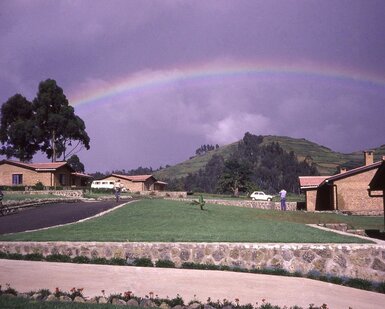Please type a search term (at least two characters)
News
"Smallest" volume CMC
A new Calibration and Measurement Capability (CMC) was published in the BIPM key comparison data-base in October 2016. The new CMC from IPQ (Portugal) belongs to the field of volume measurements and refers to the calibration of micropipettes using the photometric method (PCS - Pipette Calibration System from Artel). It is so far, the smallest volume capability of any National Metrology Institute (NMI), 10-7 L.
There are two methods used for calibration of micropipettes: The gravimetric method (ISO 8655-6:2002) and the photometric method (ISO 8655-7:2005). The gravimetric method is commonly used by NMIs and Accredited Laboratories to calibrate volume instruments, including micropipettes. This method consists of weighing a delivered volume of the micropipette into a beaker placed on a balance.
The alternative photometric method uses a high-resolution photometer with colorimetric analysis to determine the volume delivered by a micropipette. The basic principle behind photometric measurement is the conservation of mass and the Lambert-Beer Law. In this method, an unknown volume of red dye is delivered into a vial containing a known volume and concentration of blue dye. After mixing, the change in absorbance of the resulting volume can be calculated as a ratio.
In micropipettes the uncertainty component that has a major contribution to the final uncertainty depends on the volume determined. In the photometric method for small volumes the repeatability is the largest uncertainty component but for large volumes, bigger than 100 µL, the instrument will be the most significant source of uncertainty. This is the opposite of the results obtained by the gravimetric method, where the balance is the largest source of uncertainty, and that can get to 30 % of the measured volume for 0,1 µL. In the photometric method the uncertainty for the described volume will be 2 % and therefore the best method to be used for smaller volumes is the photometric method.
Carbon dioxide, released from man-made activities, is lowering the pH of the Earth’s oceans, and impacting the health of marine organisms worldwide more
Supporting automated and reconfigurable manufacturing systems more
Working with external project Cool White to test and suggest improvements on the locally available white paints more
The project FutureEnergy has provided new calibration services for ultra-high voltages and a good practice guide on Lightning Impulse dividers more
For many of the 5000 photonics companies in Europe a precise knowledge of a material’s optical properties is vital for industrial competitiveness more





